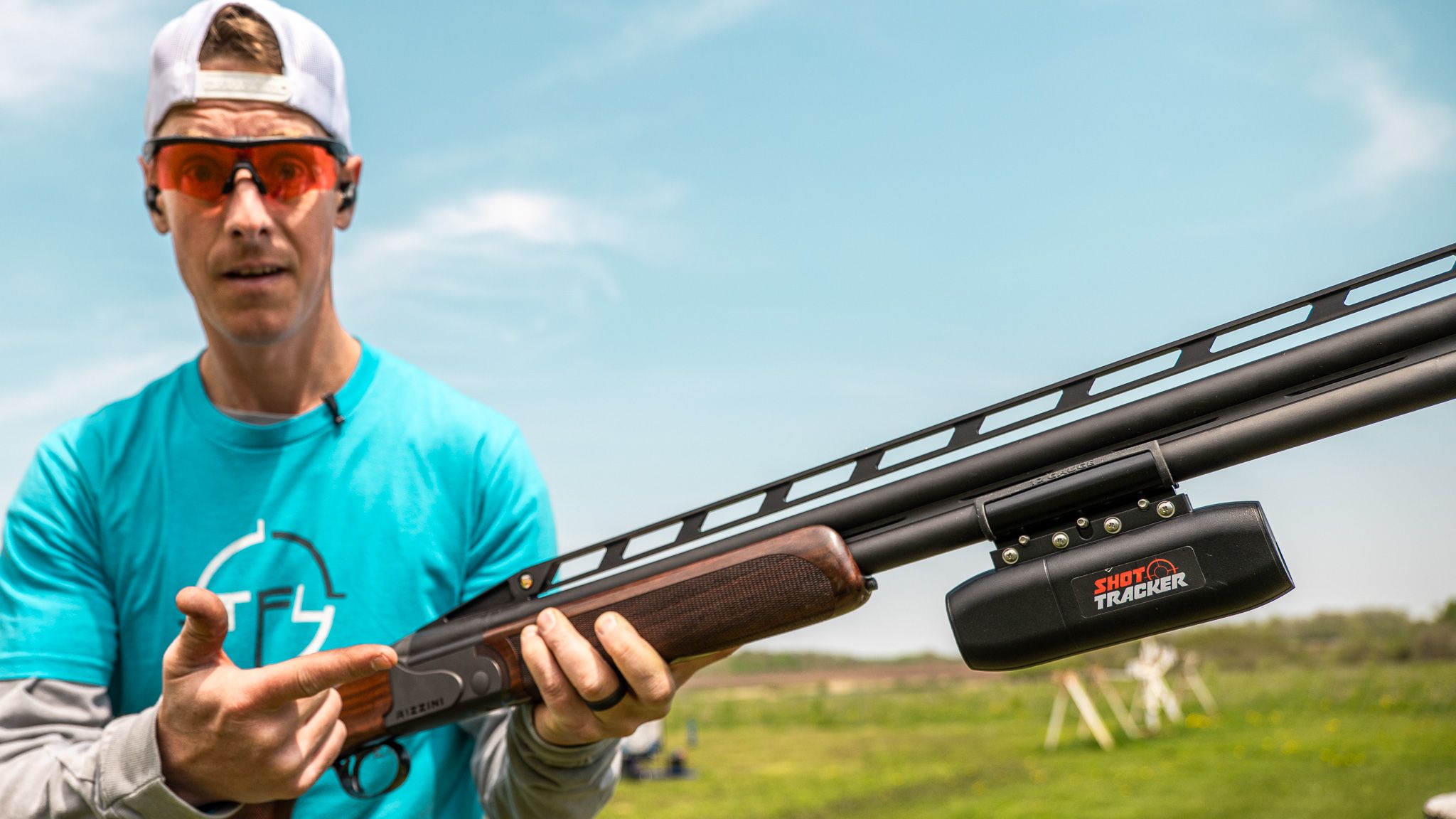Understanding the Differences Between Rifled and Sabot Slugs: Performance Insights
Oct 10, 2024
In the world of slugs, understanding the nuances between rifled slugs and sabot slugs is essential for optimal performance. In a recent video, we dove deep into this topic, exploring not only the definitions and mechanics of each type but also how they perform in various shooting scenarios. Let’s break it down!
What Are Rifled and Sabot Slugs?
Rifled Slugs: A rifled slug is essentially a solid projectile designed for smoothbore barrels. It features grooves on its surface—akin to a bullet—allowing it to spin when fired, which enhances stability and accuracy. In our test, we used the Federal Truball Deep Penetrator Rifled Slug. The Truball Slugs were 1 ounce with a muzzle velocity of 1350 feet per second.
Sabot Slugs: In contrast, sabot slugs are designed to be fired from rifled barrels. They consist of a smaller projectile encased in a plastic sabot that separates once the slug exits the barrel. This design enables a more streamlined shape for better aerodynamics. In our test, we used Federal's new Freight Train Copper sabot slug. The Freight Train slug weighs 300 grains (0.685 ounces) and has a muzzle velocity of 2000 feet per second.
Generally speaking, sabot slugs are lighter but have a higher muzzle velocity. What difference does this make, let's find out.

Performance Testing Accuracy
To truly understand how these slugs perform, we conducted a series of tests, shooting each type through the correct and incorrect barrels to see the results.
Shooting Setup
- Rifled Slug: Shot through a smoothbore barrel (Mossberg 500, 28-inch bird barrel).
- Sabot Slug: Shot through a rifled barrel (Mossberg 500, 24-inch rifled barrel).
- We used a Lead Sled for stability and shot 5 rounds of each slug to measure groupings at 100 yards.
Results
Rifled Slug in Smoothbore Barrel: The performance was very inconsistent, with the shots scattered around the target. Our grouping was well over 12". Keep in mind that some of the variability is partly due to the challenges of aiming with just a mid-bead and front-bead on a bird barrel.

Sabot Slug in Rifled Barrel: The results were markedly better, showing a much tighter grouping of 4.9". The addition of a polymer tip on the sabot slug has reportedly improved accuracy, making it a compelling option for those looking for precision.

Cross-Testing: What Happens When You Mix Them Up?
Curious about the potential outcomes, we also shot rifled slugs through rifled barrels and sabot slugs through smoothbore barrels. Here’s what we found:
- Rifled Slug in Rifled Barrel: Performance improved significantly, providing tighter groups compared to the smoothbore tests. This surprised us. Now keep in mind, if you were to shoot a different rifled slug, you may get completely different results. In no way are we recommending you shoot rifled slugs through a rifled barrel.
- Sabot Slug in Smoothbore Barrel: This combination didn’t yield good results as we failed to even hit the board. After reviewing the video, we can see all the Sabot slugs flew high over our target. It would have been interesting to put an optic on this gun so we could get a more true point of aim and try again, to measure the grouping...We might have to make another video! But the point remains, if you try to shoot a Sabot from a smooth board, the point of impact is nowhere close to the point of aim of the beads on the barrel.

Penetration Tests
In addition to accuracy, we explored the penetration of each slug type in ballistic gel to assess their effectiveness for hunting.
- Rifled Slug: Penetrated over 32 inches, often passing through entirely, which can be advantageous for tracking but may also mean a less contained energy transfer.
- Sabot Slug: Achieved around 19 inches of penetration with a clean mushroom effect, demonstrating effective energy transfer, which is desirable for stopping power.
This wasn't overly surprising considering that the rifled slug is over 31% heavier. The added weight allows the riffled slug to punch through even though it is a bigger projectile. The Sabot slug mushroomed beautifully, transferring all of its energy and creating a massive wound channel. Either slug is going to be sufficient to effectively down a deer.
Conclusion
The results of our tests highlight clear distinctions between rifled and sabot slugs. Sabot slugs generally offer better accuracy when used in the appropriate rifled barrels, while rifled slugs generally have a much shorter effective range due to accuracy. Both rifled and sabot slugs are adequate to take down a deer with an accurate shot to the vitals. With all that said, every slug and barrel combo can have different results so when choosing which slug you will use, the only way to truly know the limits of your setup is to get on the range and see for yourself. We would prefer to use a sabot slug in a rifled barrel but if we had to shoot a rifled slug through a smooth-bore shotgun, an optic that allows you to adjust your point of aim and be more precise would be incredibly helpful, especially for anything over 50 yards. At the end of the day, know your the performance of your setup and this well lead to more ethical shots and more successful hunts.
Whether our targets in the field or our targets in life, we will only hit what we are focused on, so live the #targetfocusedlife










